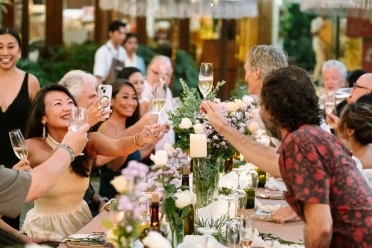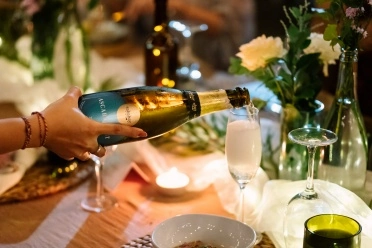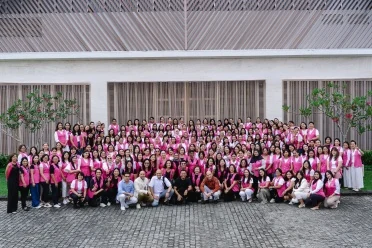In Bali, tradition deeply influences every aspect of life, including the design and orientation of homes. One key element is the kitchen, known as Paon, which holds significant philosophical and cultural value, especially within the Balinese Hindu community.
More Than Mere Kitchen: The Philosophy of ‘Paon’ in Balinese Homes
The Sacred Placement of Paon
The term Paon comes from the Javanese word "Pawon," meaning kitchen. Traditionally, in Balinese homes, the Paon is situated on the south side. This placement is rooted in the belief that Lord Brahma, the god of fire and the ruler of the kitchen, resides in the south. Lord Brahma, often depicted with a Gada (mace) and accompanied by a goose, is the protector of this direction. His wife, Dewi Saraswati, is also associated with this sacred space.
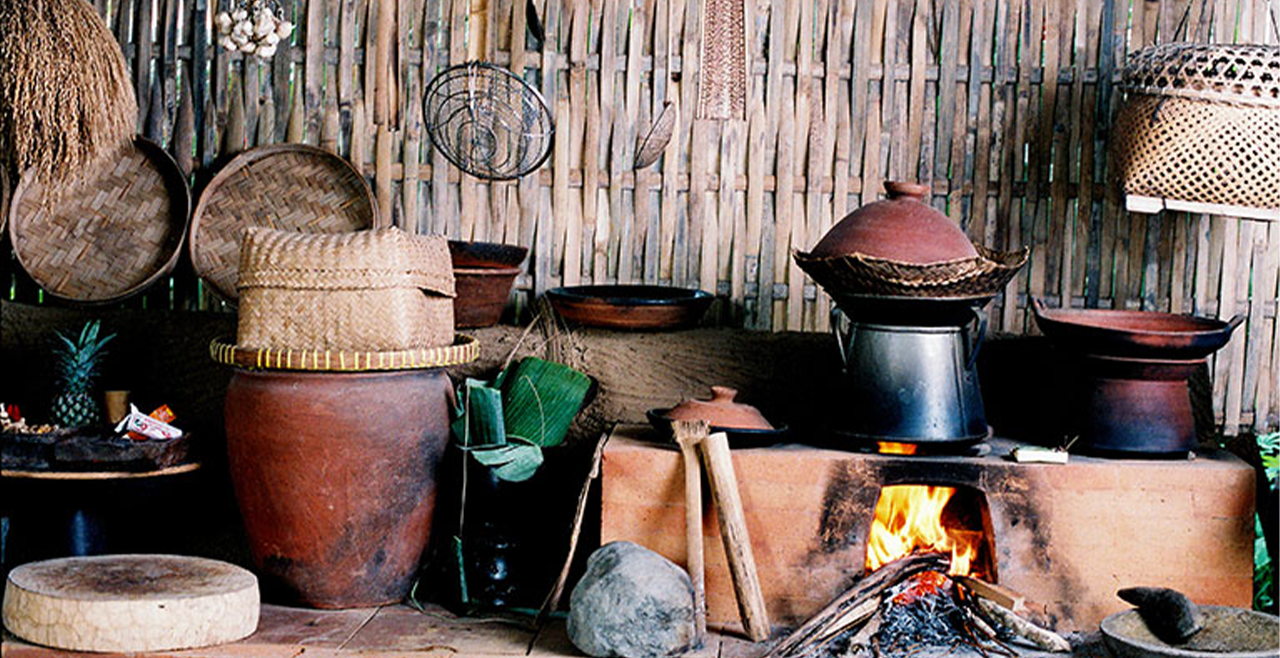
Symbolism and Functionality
The kitchen, or Paon Cangkem, is closely related to fire, symbolizing its ability to burn and transform. Beyond its practical role in cooking, the Paon is believed to neutralize negative energies, referred to as bhuta kala, that may follow the residents of the house. According to tradition, upon returning home, residents must first enter the kitchen before accessing other parts of the house. This practice helps in dispelling negative energies and is a form of spiritual cleansing.
Ritual Cleansing: Nunas Penglukatan
The Paon also serves as a place for performing the ritual of nunas penglukatan. After attending events like funerals, where negative energies are thought to be more prevalent, Balinese people perform this cleansing ritual. They take water from the kitchen, sprinkle it on the roof, and let the water wash over them, cleansing their face, hands, and feet. This practice underscores the kitchen's role as a spiritual sanctuary.
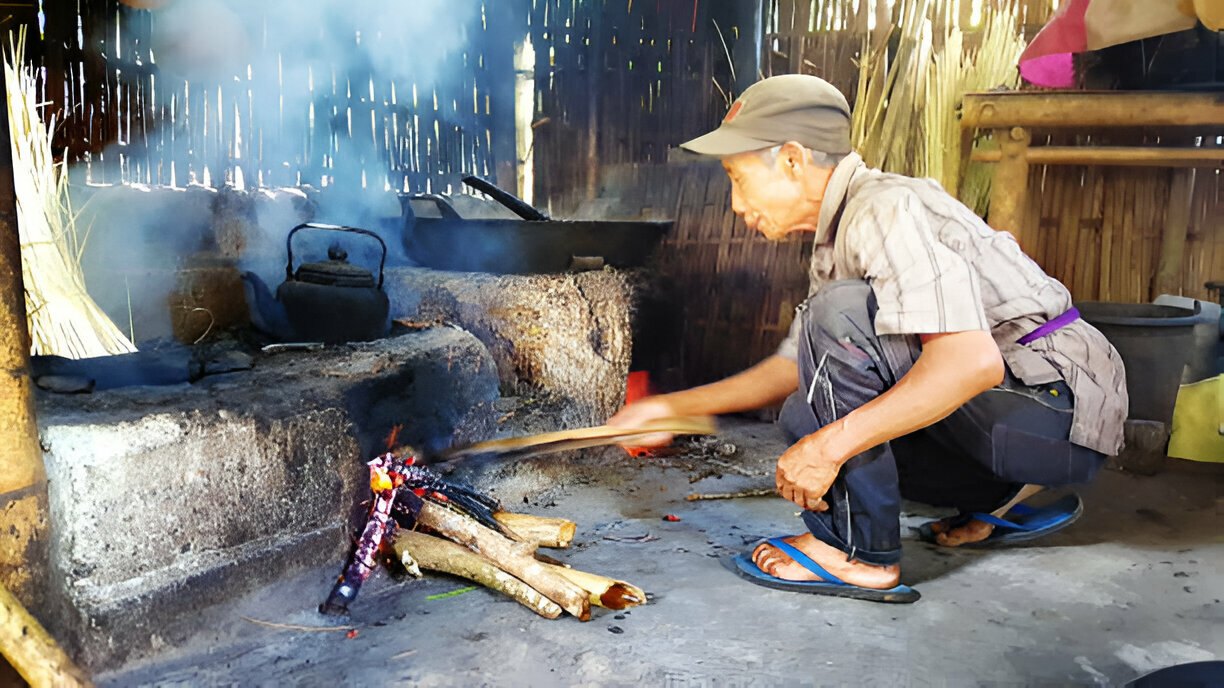
Architectural Significance
The architectural design of Balinese homes follows the principles of ‘Asta Kosala Kosali’, emphasizing harmony with the environment and spiritual beliefs. The Paon must be separate from the main house to prevent the spread of heat and smoke, ensuring a comfortable living environment. The kitchen's location is also determined by the direction of the wind, further integrating natural elements into the home's design.
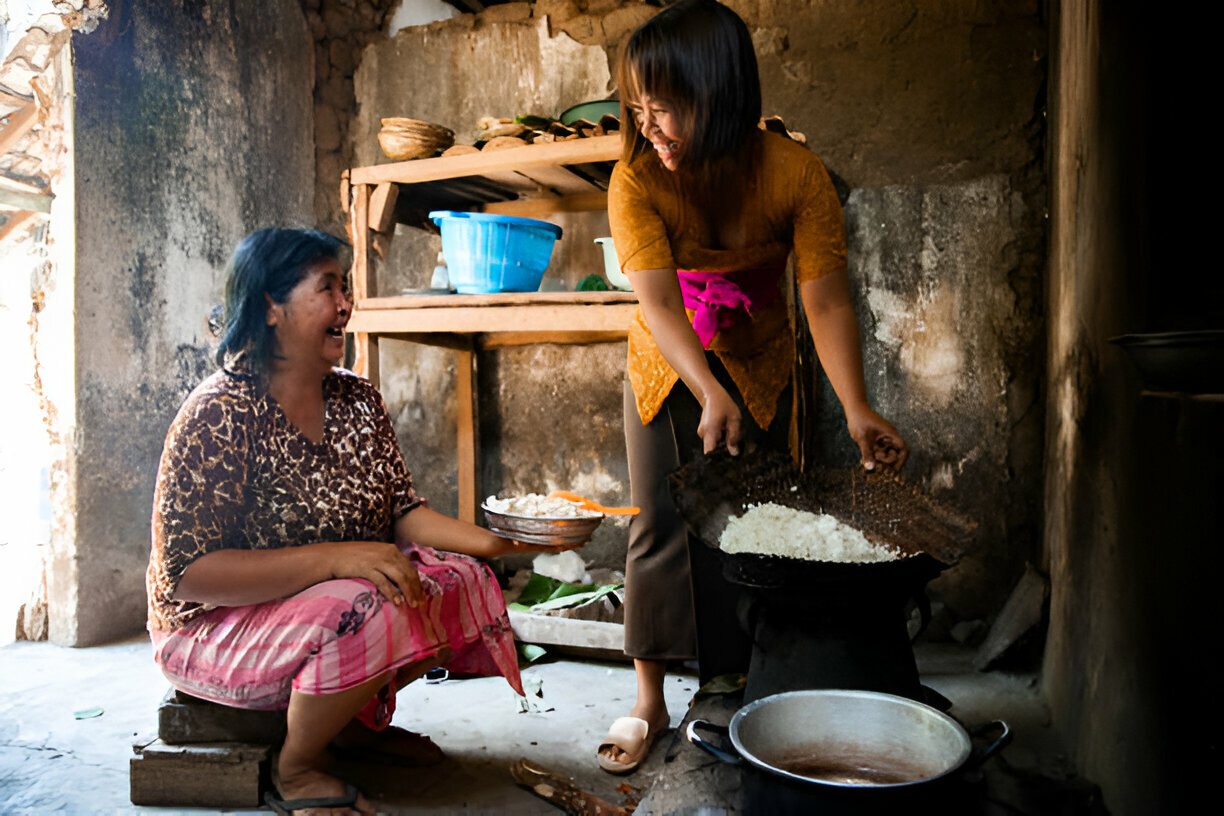
Cultural Heritage and Daily Life
In Bali, the kitchen is more than just a place to cook. It is an integral part of the Balinese compound, reflecting the tri mandala philosophy, which dictates the spatial organization of the home. Each building within a traditional Balinese compound serves a unique purpose, with the kitchen playing a central role in daily life and spiritual practices. Balinese kitchens have traditionally been places where women spend hours preparing meals, often starting in the early morning. Cooking methods and recipes have been passed down verbally through generations, preserving the culinary heritage. Traditional kitchen tools, made from natural materials, highlight the resourcefulness and sustainability of Balinese culture.
Traditional Home Layout
The layout of a traditional Balinese home follows an inward-facing design, with distinct buildings for specific purposes. This design showcases the architectural wisdom passed down through generations. Each building within the compound serves a unique function: one for cooking, another for washing, and separate structures for sleeping. The central piece is the family temple or ancestral shrine. The inward-facing design, with towering walls guarding the compound, fosters a sense of community and privacy. The garden and greenery within the compound not only enhance the aesthetic appeal but also symbolize the harmony between humans and nature, a key principle in Balinese philosophy.
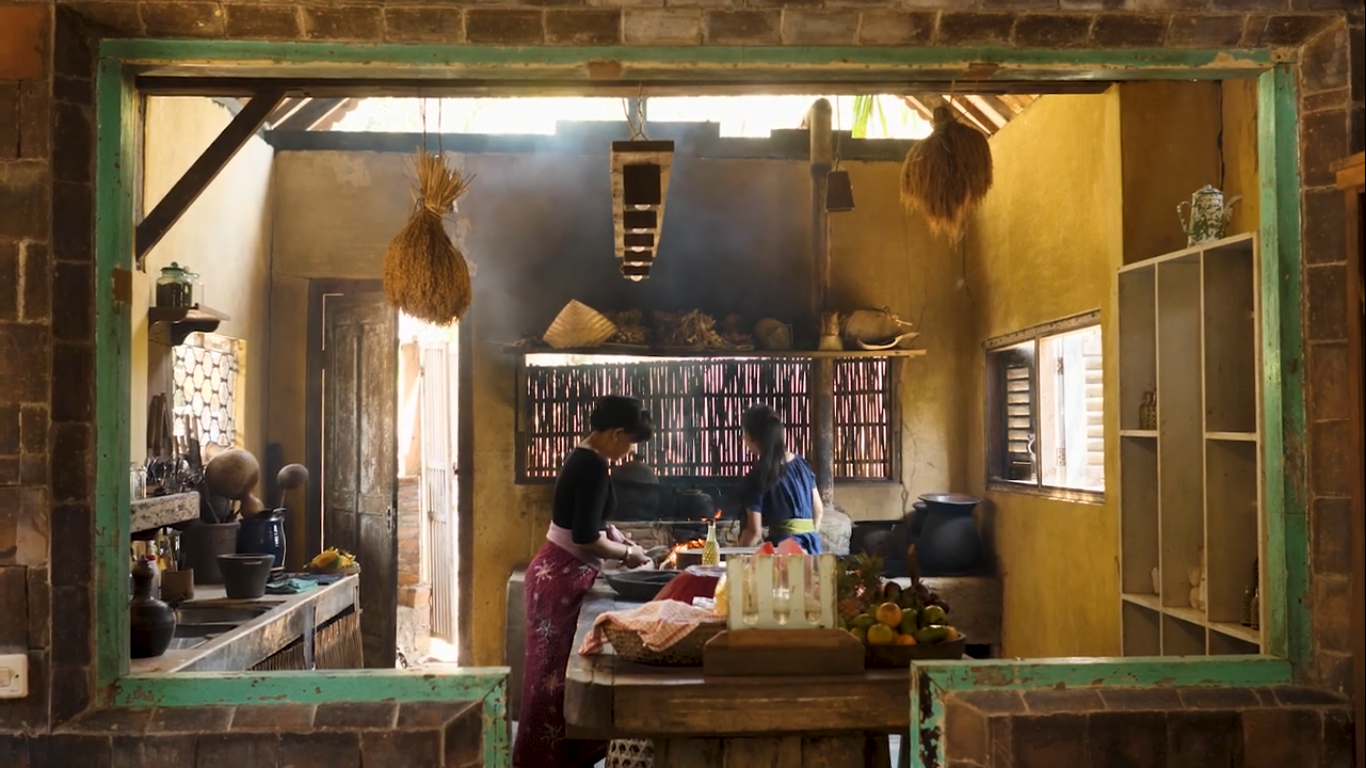
Modern Adaptations
While modern conveniences have made their way into Balinese kitchens, the core principles and practices remain intact. Offerings to kitchen deities, the daily preparation of fresh food, and the emphasis on cleanliness and spiritual harmony continue to define the Balinese Paon. Balinese kitchens, while adapting to modern amenities, still reflect their deep-rooted traditions. For instance, the use of terracotta water vessels represents the presence of Wisnu, the water god, while firewood racks symbolize Brahma's altar. These elements highlight the integration of spiritual beliefs into everyday life.
Respecting the Natural Environment and Spiritual Principles
The traditional Balinese home layout pays respect to the harmony of God, nature, and humans, known as tri hita karana. This principle is reflected in the al fresco dining areas and the overall openness of the compound, which serves as a communal living space. This design is well-suited to Bali's tropical climate, providing natural ventilation and a connection to the outdoors.
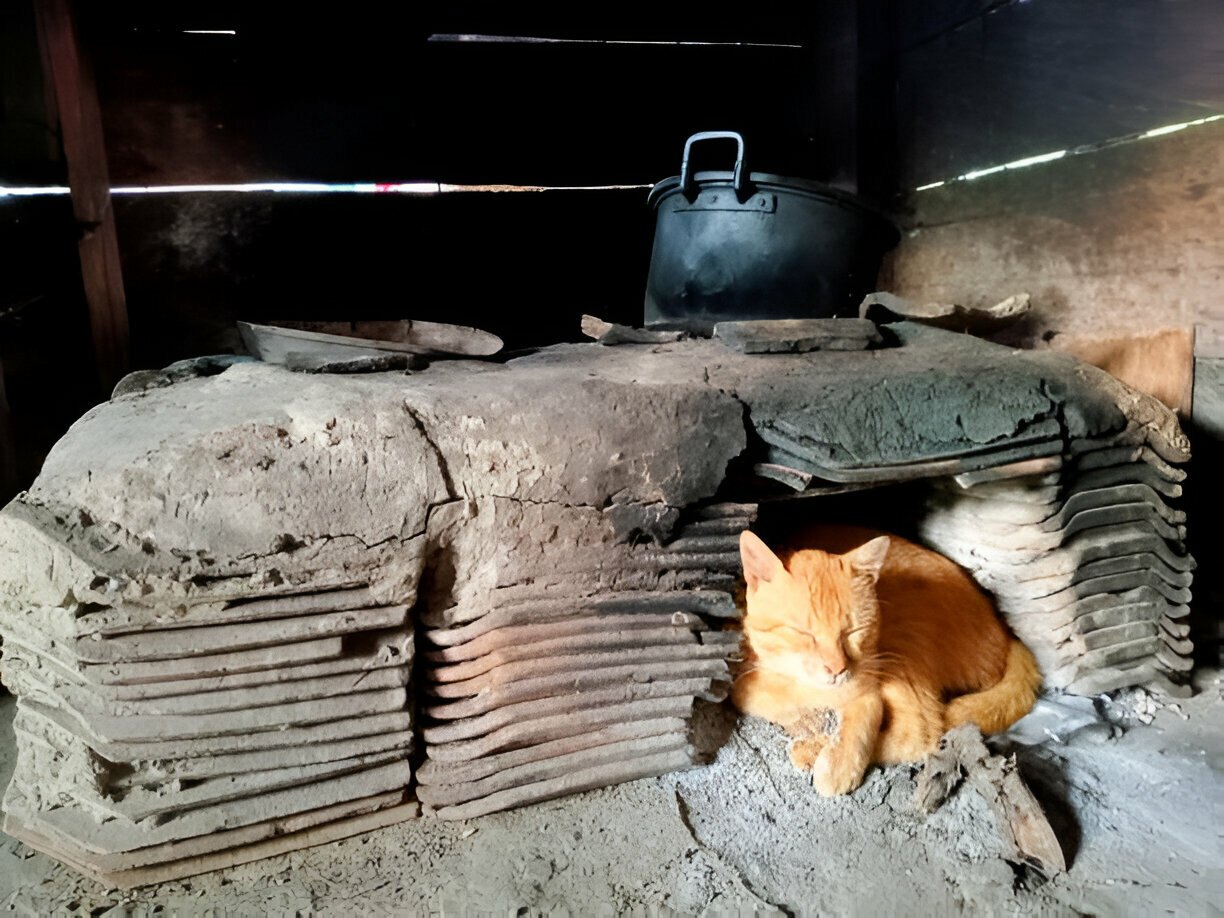
The Paon in Balinese homes is a space rich with philosophical and cultural meaning. It deeply embodies the harmonious relationship between humans, nature, and the divine, serving both practical and spiritual needs. The Paon is not just a place to cook; it is a sacred space that reflects the deep-rooted beliefs and values of the Balinese people, seamlessly intertwining the mundane with the sacred.



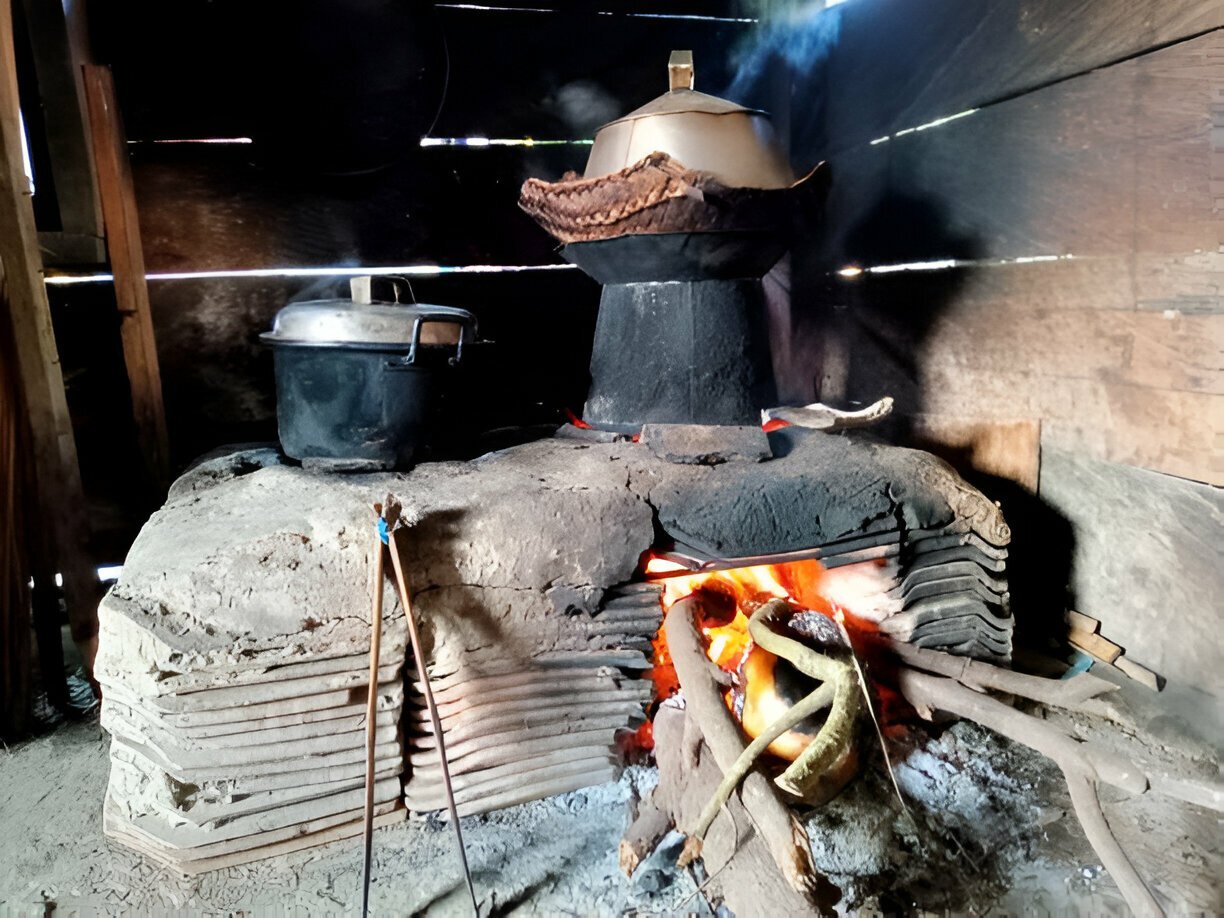
 Billy Bagus
Billy Bagus
 May 24, 2024
May 24, 2024
